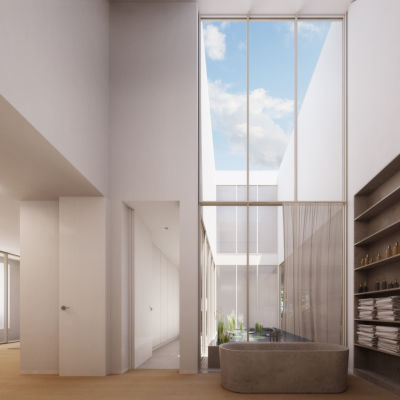'It stands out like a sore thumb': The award-winning building in London now facing the wrecking ball
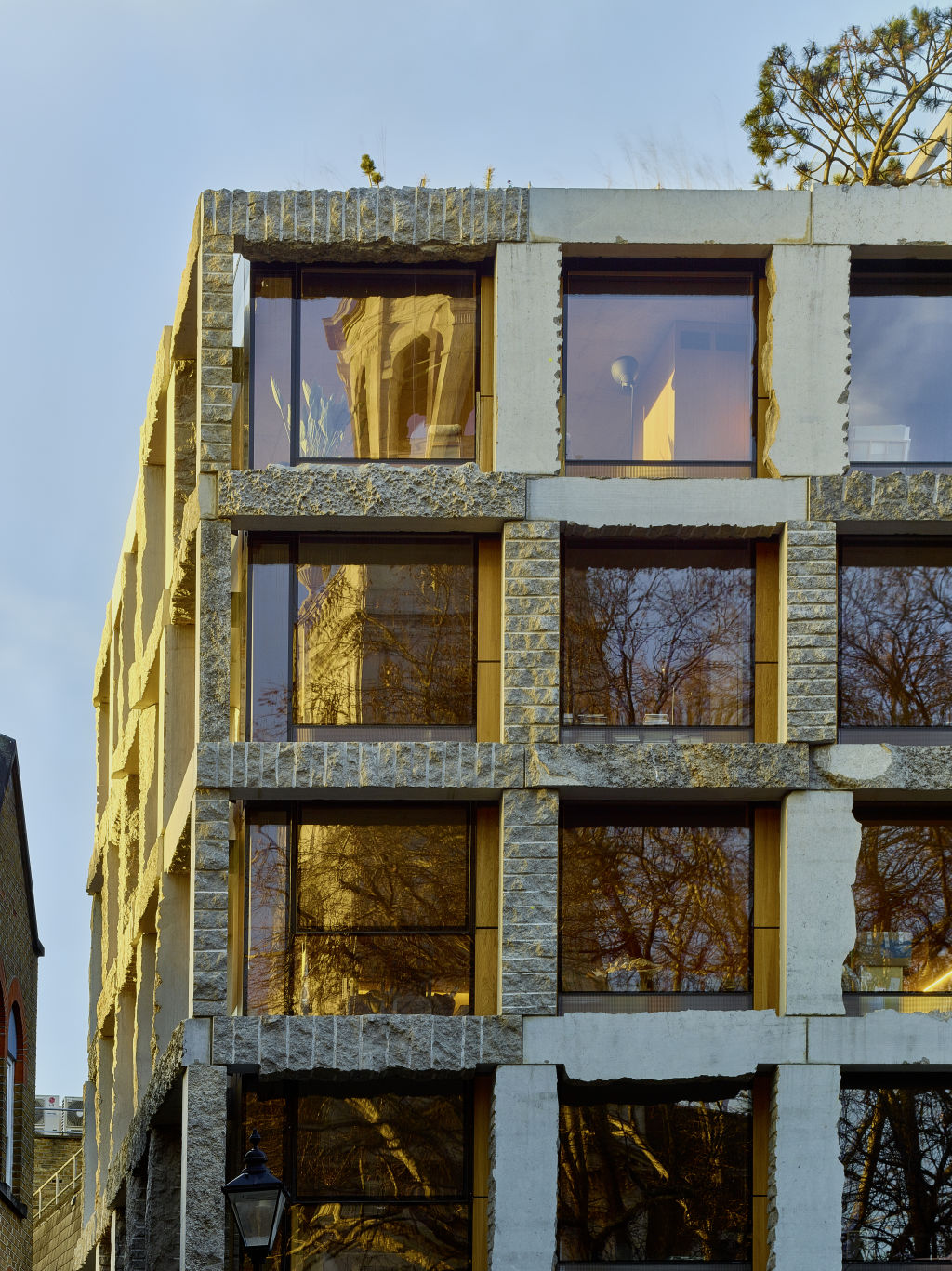
An award-winning London building designed by lauded architect Amin Taha is stirring up a storm of controversy. The rugged, six-storey building faces the wrecking ball after the local council ordered its demolition last year.
This is despite the Royal Institute of British Architects National Award this office and residential project, 15 Clerkenwell Close, won in 2018.
Illustrating its divisive impact, the building was a contender for the 2018 Carbuncle Cup – a humorous award given by Building Design magazine to the ugliest building in the United Kingdom – for what its editors described as “ruin porn”.
The crux of the controversy is the building’s limestone exoskeleton, which was made using fossilised ammonite shells, coral and quartz extracted from a quarry in France and crafted by stonemasons. Critics say it is at odds with the nearby Georgian buildings and adjacent heritage church.
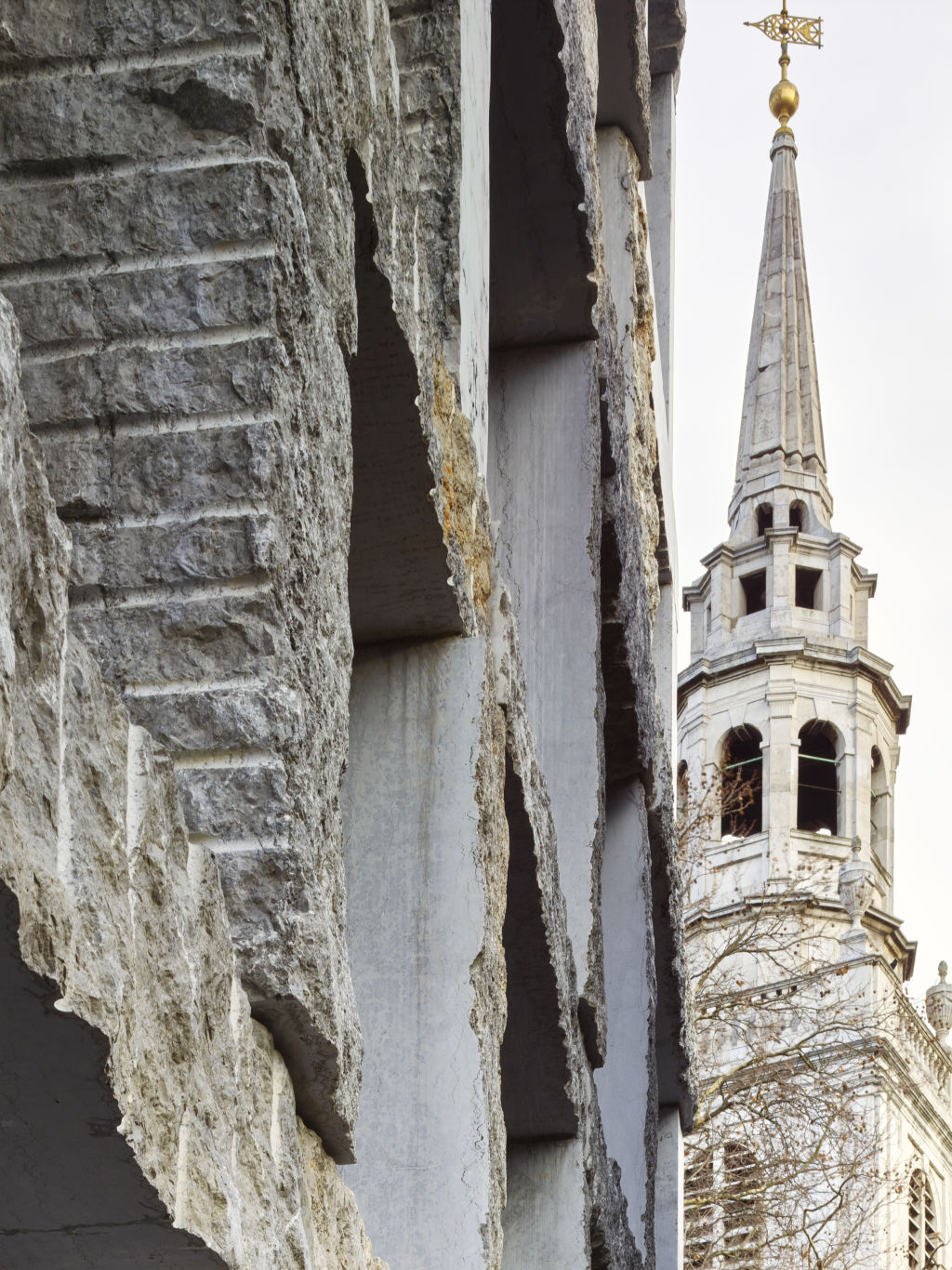
The building houses eight apartments as well as Taha’s architectural firm, Groupwork. It is also home to Taha and his family.
In a video produced by his architecture studio, the architect says the building is unique and respects the area’s history.
“Historically the first structure on this site [was] an Augustinian nunnery built not long after the Norman invasion. It was in limestone, which was quite unique at the time,” he says. “So the eventual decision to go for stone rises from that historical context.
“Once you split [limestone] open … you’ll find all the fossilised coral, as well as fossilised ammonite shells.
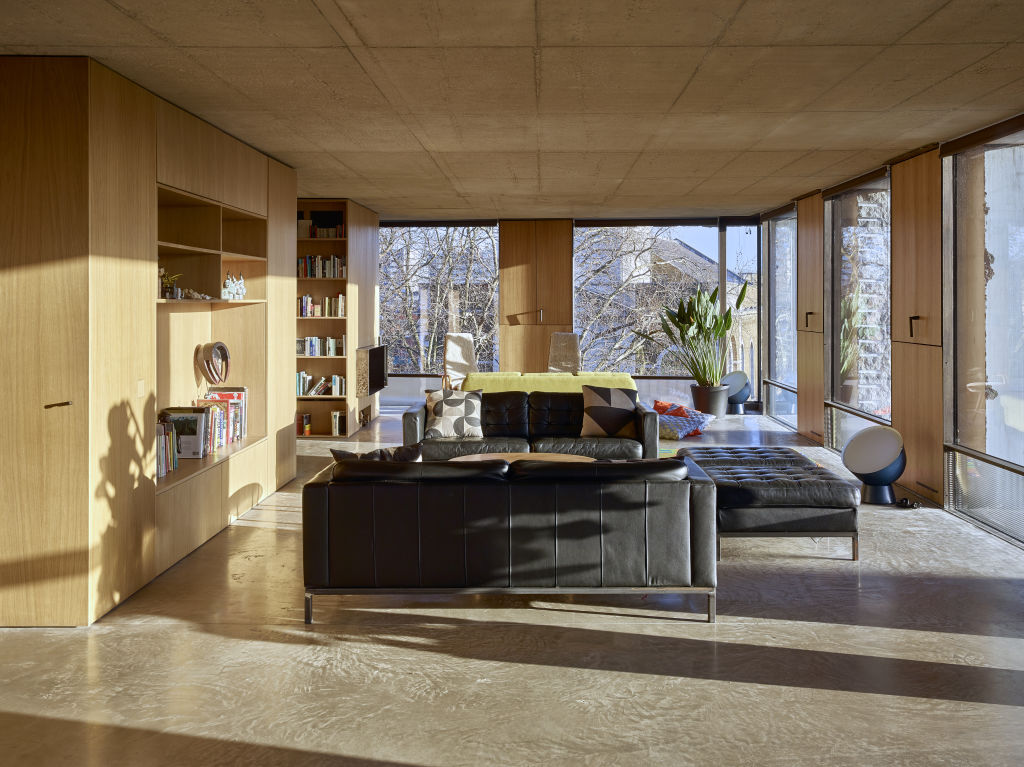
“That is the innate beauty in the stone itself, and you wonder why you’d want to get rid of that and then carve something else into it. The natural beauty of materials is allowed to speak for itself.”
Ann Pembroke, founder of the Clerkenwell Green Preservation Society, told the Islington Tribune she was appalled by the design.
“I am totally supportive of it being demolished,” she said. “It is not in any way following conservation area ethics and it stands out like a sore thumb” in a medieval close.
Andrew Baughen, the former vicar of the nearby St James’s Church, says Taha’s building stands out for all the right reasons.
“We want the church to be at the centre of Clerkenwell. This building helps make [our] area more of a go-to place,” he says in Taha’s video.
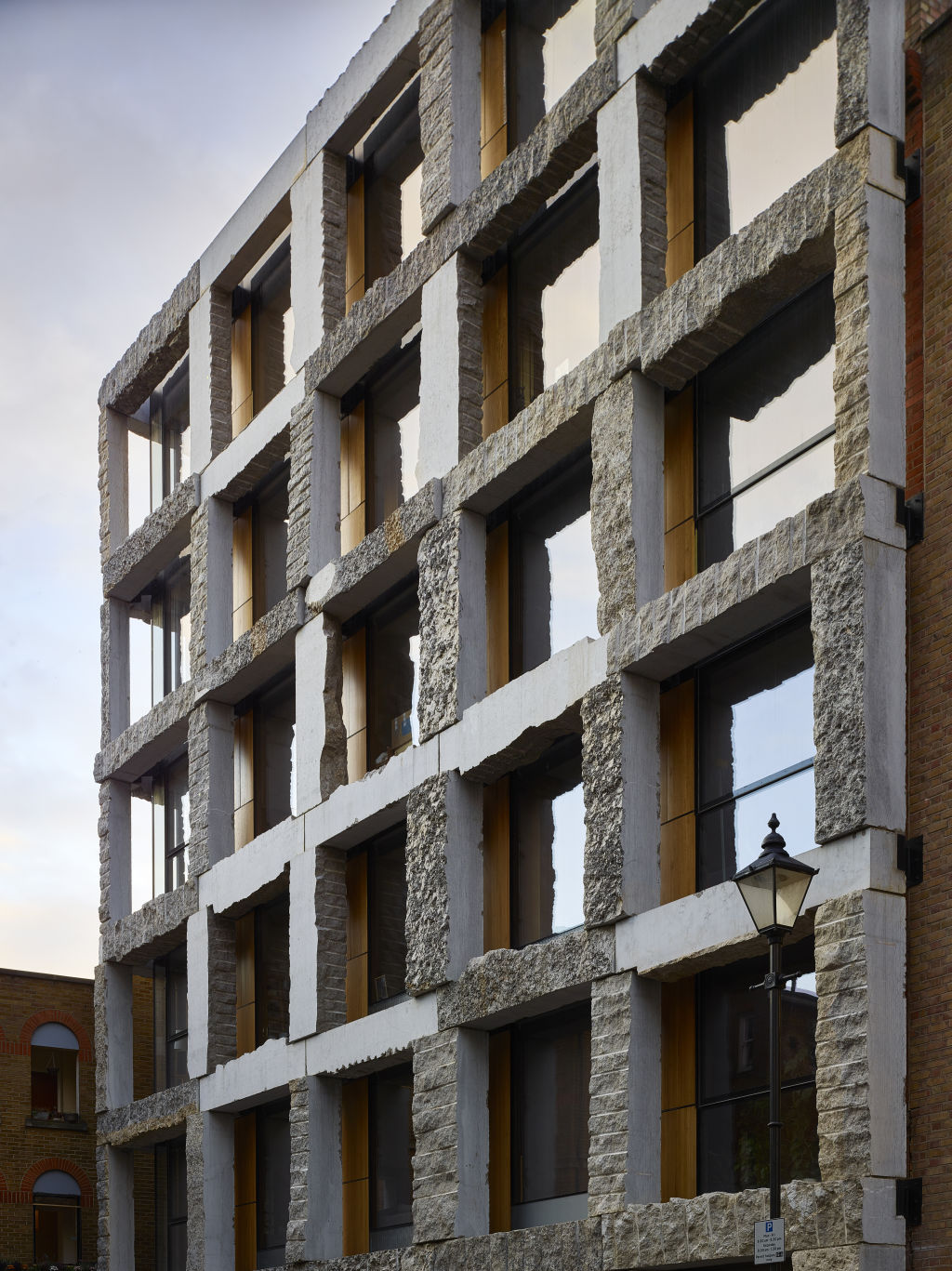
“My personal opinion is that it’s the first building of real merit probably since the church was built and I hope it’s the first of many buildings in Clerkenwell Close that we can be proud of for generations.”
Last year, the Islington Council issued an order to demolish the building, claiming original planning documents did not include details of the stone facade. Taha was fighting the order with an appeal that was scheduled to be heard in March.
The battle is reminiscent of the recent debate surrounding contentious Sydney public housing building, Sirius, which the NSW government is selling for more than $120 million. The 79-unit building is in the prime area of The Rocks and overlooks Sydney Harbour.
Residents and supporters of the public housing building, including architect Shaun Carter of Carter Williamson, have campaigned for almost four years for it to remain in the state government’s hands.
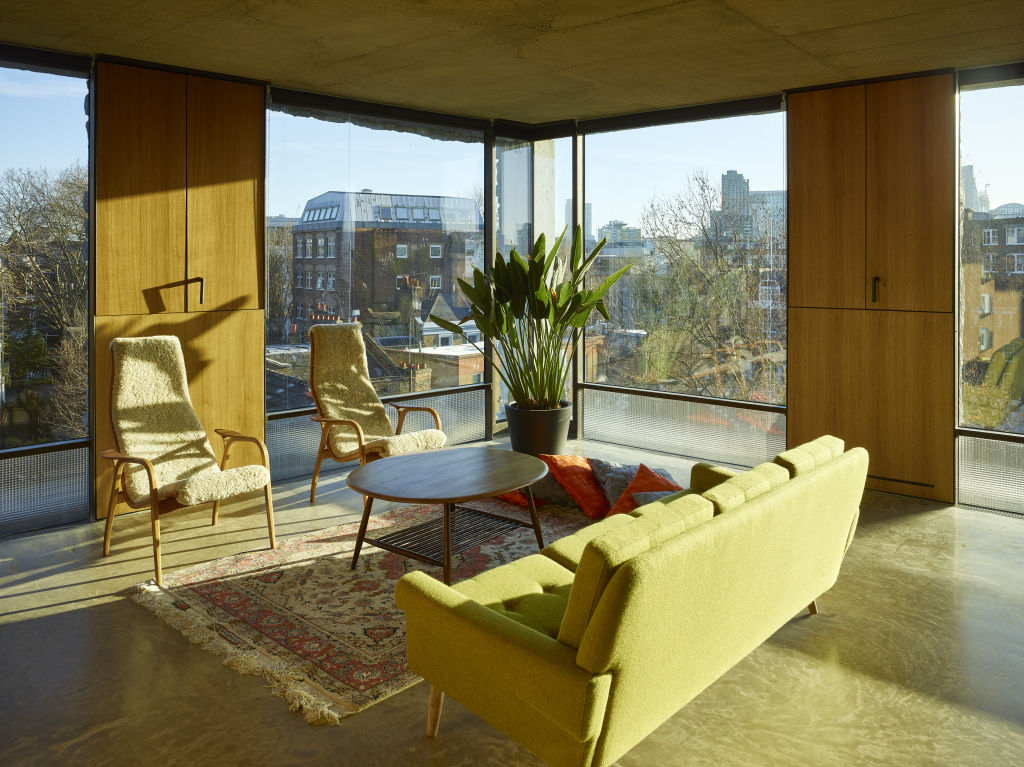
He says the aesthetics of buildings like Sirius and 15 Clerkenwell Close often cloud people’s judgment and don’t allow for arguments based on design and purpose.
“Buildings like these won’t be everyone’s cup of tea,” Carter says.
“With the rise of gentrification this idea that ‘it has to fit in’ is becoming a really divisive one. That’s the most subjective way to understand it.
“I guess this is what happens when we get so hung up on the aesthetic that all other judgments fall by the wayside.”
Carter says Taha’s building wouldn’t be as controversial if it were a renovation of an existing building.
“If this was an old industrial building [that was] fitted out with nice apartments, and it won a national award, it probably wouldn’t have had … a great deal of concern from neighbours and the council,” he says. “I think it’s bloody fine.”
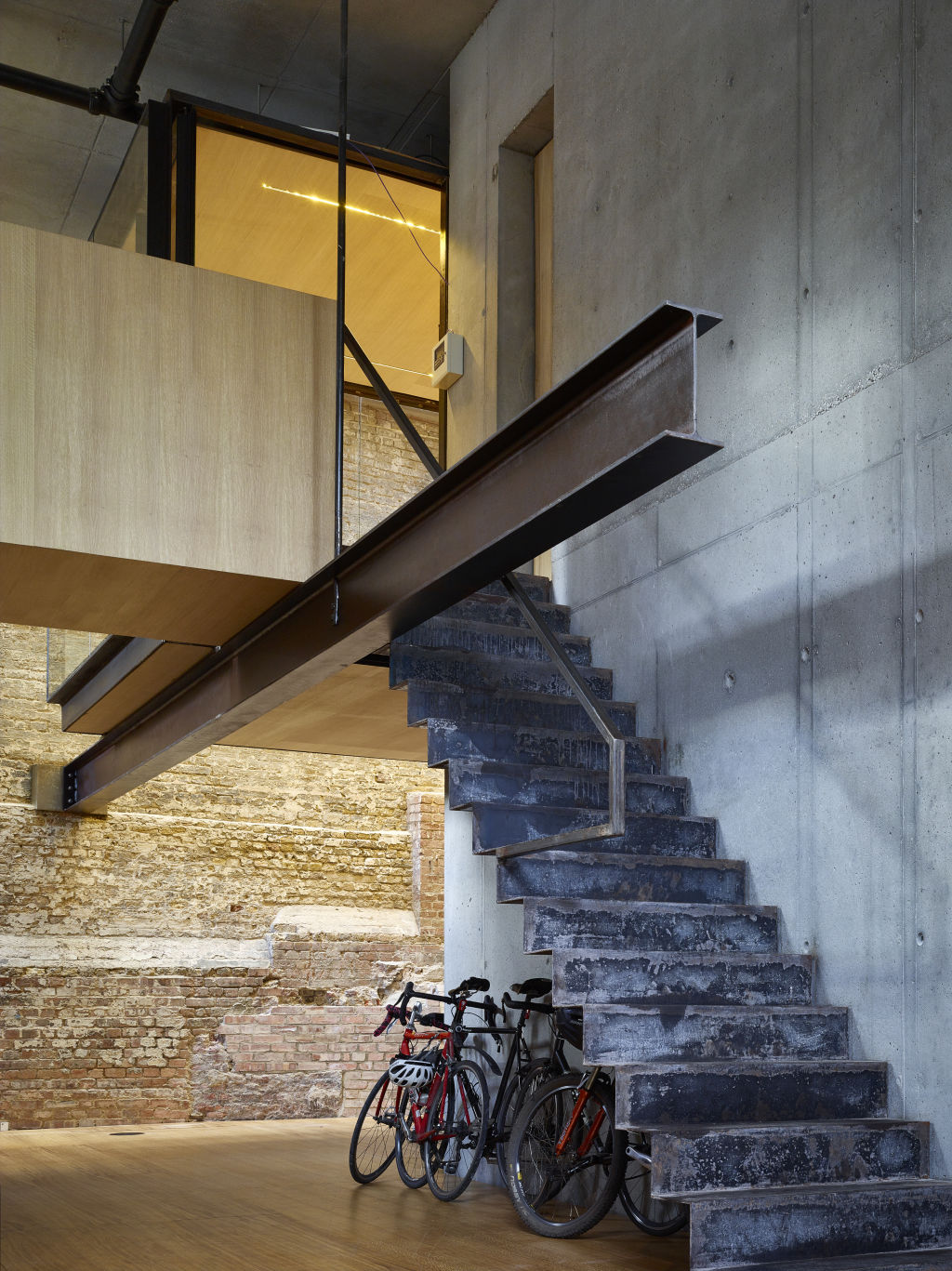
We recommend
We thought you might like
States
Capital Cities
Capital Cities - Rentals
Popular Areas
Allhomes
More


